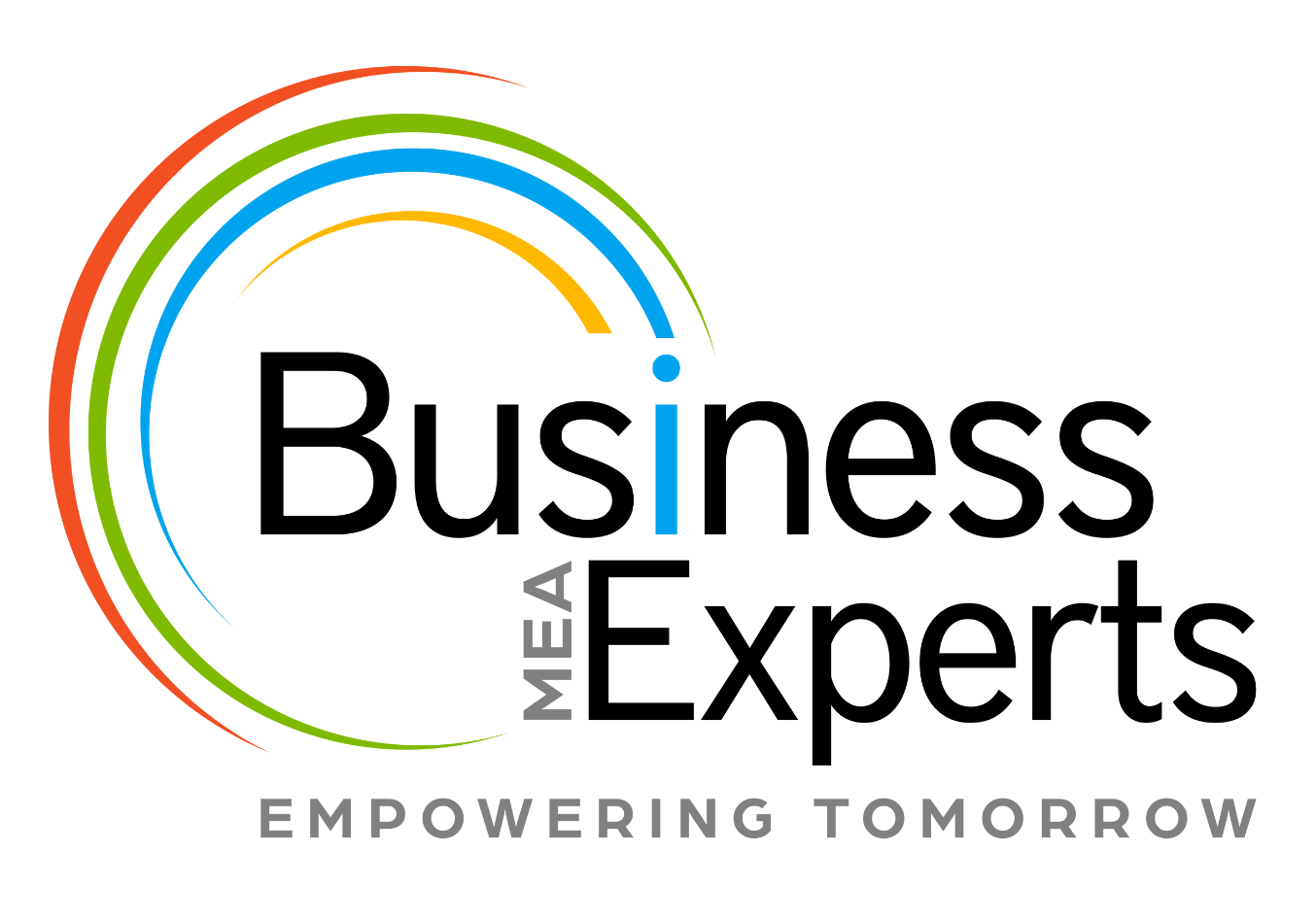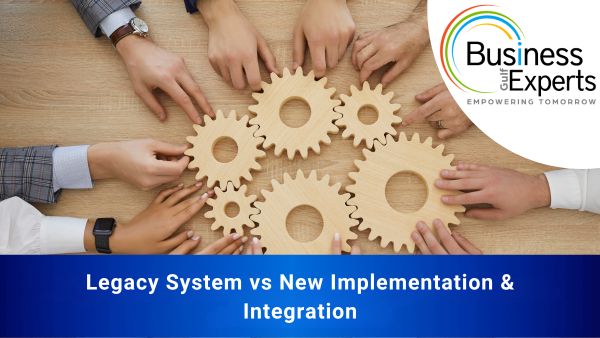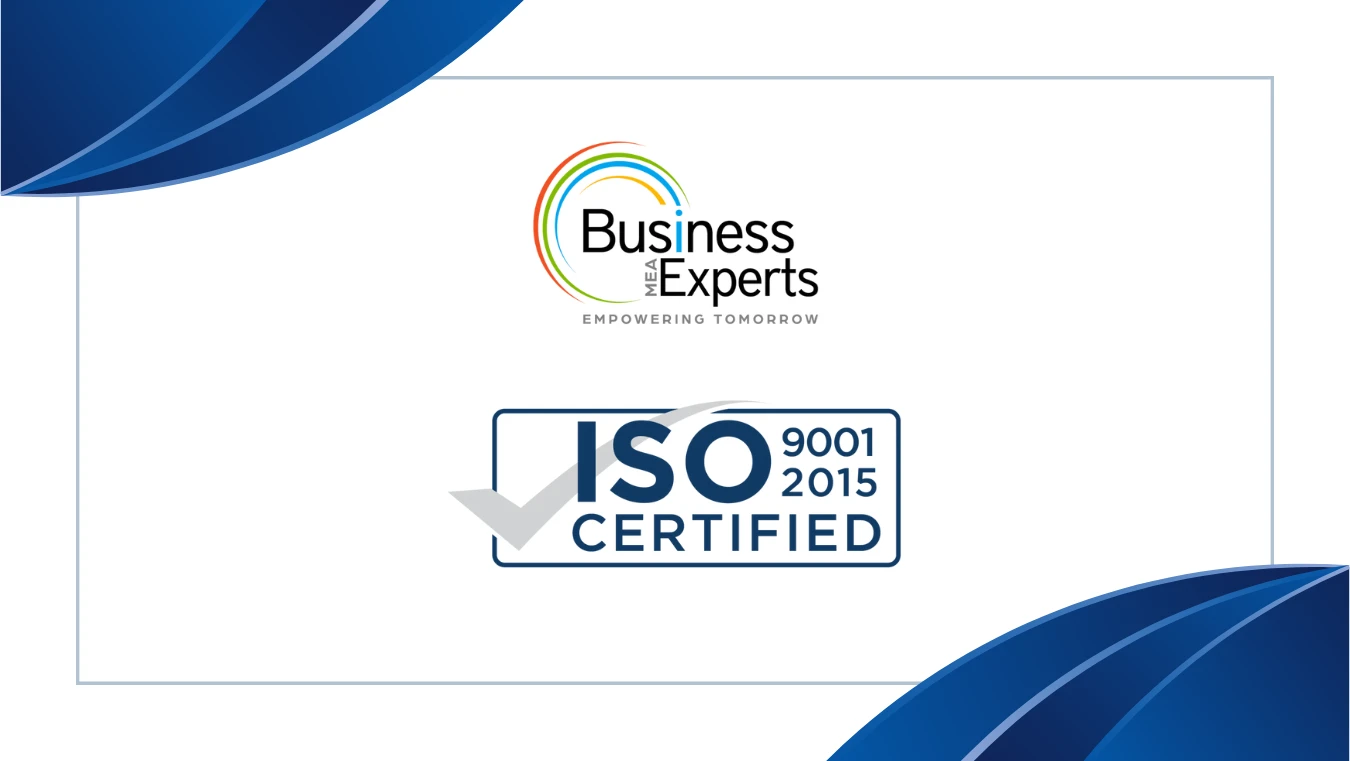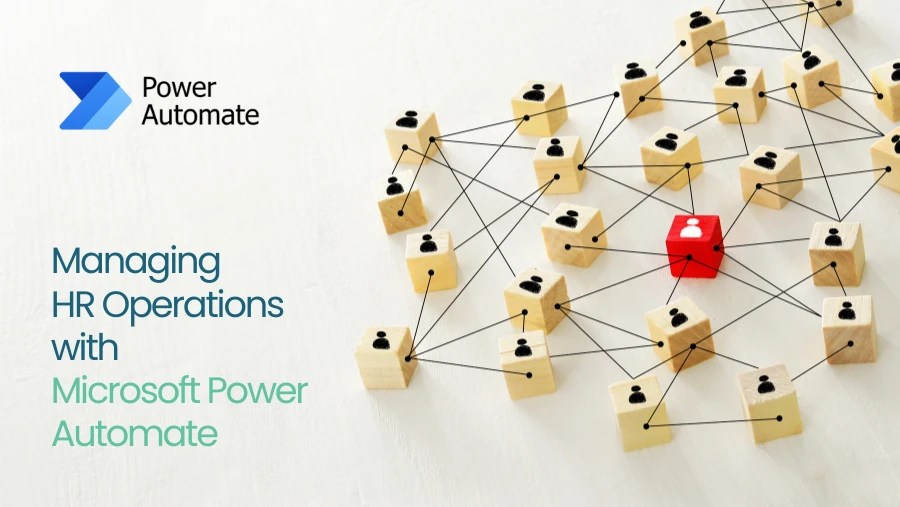As technology evolves, it is crucial for business organizations to decide whether to adopt modern technologies or continue using legacy systems. They must determine the best optimal solution to increase efficiency and reduce manual work, streamlining their processes. This blog briefly explains legacy systems, new implementations and integrations, key considerations, and provides insights to help you choose the best possible solution.
Legacy System:
A legacy system refers to the use of outdated technologies, including programming languages, application software, and computer models, even though many new and advanced technologies are available.
Challenges:
Support & Maintenance: It is difficult to maintain old legacy systems, especially when the original developer no longer supports them due to a lack of expertise required for maintenance. Maintaining such a legacy system can be expensive because it requires specialized knowledge.
Example: Initial databases and IBM’s Information Management Systems use the parent-child relationship model for database management, which is not suitable for modern requirements as it lacks the flexibility to handle many-to-many relationships.
Security: Legacy systems lack modern security features, making them vulnerable to security threats.
Example: The 2017 Equifax data breach compromised the information of 143 million consumers because the system lacked modern security patches.
Inflexibility: Integrating legacy systems with new technologies can introduce additional complexities, leading to inefficiencies and delays in operations. Moreover, due to a lack of support from developers, these systems do not adapt to evolving business requirements.
Example: A telecommunications company using a legacy system for managing billing may face billing errors and customer dissatisfaction if the system cannot handle the increased number of transactions as the customer base grows.
Performance Inefficiency: Legacy systems can be slower and less efficient, reducing overall productivity.
Example: A university using a mainframe computer may encounter downtimes and slow response times while trying to access information about a former student.
60-80% of IT budgets are allocated to maintaining legacy systems, leaving limited funds for innovation. Consequently, an estimated 88% of businesses experience restricted growth due to these outdated systems.
New Implementation: New implementation involves adopting and deploying modern technology solutions to enhance an organization’s productivity, efficiency, and competitiveness. These can include:
- Azure Cloud Service: A comprehensive suite of cloud services, including storage, computing, analytics, and networking. It supports a variety of tools, frameworks, and programming languages.
- Microsoft 365 Copilot: An AI-powered assistant integrated with Microsoft 365 applications to help users be more productive by providing intelligent insights and automating tasks.
- Azure AI: Offers many AI tools and services, including bot services, to help businesses build and deploy AI solutions.
- Microsoft Power Platform: A low-code platform that allows users to create automated workflows, custom apps, and analyze data with tools like Power Apps and Power BI.
- Microsoft Dynamics 365: A collection of intelligent business applications designed to support organizations in managing their operations, financials, and customer relationships more effectively.
Benefits of New Implementation:
- Increased Efficiency: Streamlines processes and automates repetitive tasks, reducing the time and effort required to complete tasks.
- Cost Savings: Streamlined processes and task automation help reduce operational costs. Cloud technology solutions eliminate the need to maintain physical infrastructure and pay for new developments released by Microsoft, as all releases are updated automatically.
- Data-Driven Decision Making: Allows users to manage data in a unified database, enabling them to analyze and interpret data more effectively for informed decision-making.
- Scalability & Flexibility: Modern technology solutions are designed to scale with the growth of organizations. Some are flexible enough to customize and integrate with other technological applications as per the company’s requirements.
- Security: Modern technology solutions contain advanced security features to help companies protect sensitive data and reduce the risks of cyber threats.
Legacy Integration:
Legacy integration helps unify the technological ecosystem, enabling technological solutions to connect and share data smoothly. Existing legacy systems can be integrated with new applications, or new applications can integrate with other tools in the technological ecosystem. It is an important decision for business organizations to choose between legacy system integration or new implementation.
- Legacy System Integration: Requires less investment as it adds to the current system. Operations continue smoothly without disruptions, and the history of past transactions remains available. Implementation is faster, and less training is required as employees are already familiar with the processes. However, the functionality of integrated applications is limited to the capabilities of the existing system. After integration with new technologies, the existing system might not scale effectively with business growth and might be complex to integrate with modern applications.
- New Implementation: Requires higher investment and extensive training to learn new processes and develop related skills. The new implementation requires opening balances to start with, so the company might not retain the history of past transactions for a longer period. It requires a longer implementation time. However, new implementations are scalable with the growth of the company, flexible to customize for supporting company processes, and can be integrated with modern tools in the technological ecosystem. They streamline processes and reduce manual work, allowing teams to work smarter.
Guide for Selecting Between Legacy Integration and New Implementation:
Choosing between legacy integration and new implementation is not a straightforward choice. Often, a blend of both strategies appears to be the best solution.
At Business Experts Gulf, we understand the importance and difficulties of this decision. Our experienced consultants will help you assess your requirements, evaluate your options, and create a customized roadmap that aligns with your strategic goals and budget.
Key Considerations: While evaluating legacy integration and new implementation, the following factors need to be considered to guide you in making the right decision.
Strategic Goals: Strategic goals are guiding stars for a company while making technological decisions. Before starting to evaluate, ask yourself:
-
- Are you aiming for rapid growth?
-
- Do you want to streamline your processes and reduce manual tasks?
-
- Do you want to achieve a competitive advantage by taking advantage of modern technologies?
-
- Do you want to increase the efficiency of operations and reduce costs?
Example: Financial institutions often rely on legacy systems for their core operations, but integrating them with modern technology will enable them to enhance their services without disrupting operations. On the other hand, e-commerce organizations often prefer modern technologies for streamlining their logistics.
Financial Constraints: New implementations require higher initial costs compared to legacy integrations due to license fees, customization, implementation, and training costs. However, when the long-term benefits are evaluated, new implementations offer greater value than the initial investment.
Example: Non-profit organizations have limited budgets to operate, so they might prioritize their core mission over upgrading technology, while a well-funded organization might want to invest in new implementations for long-term gains.
Time Constraints: The time available for addressing immediate challenges strongly influences the decision. If those challenges cannot wait for new implementation, then legacy integration appears to be the best choice for a short interval. For future and sustainable solutions, new implementation or a blend of both strategies could be a strategic choice.
Example: A company needing to meet an urgent compliance requirement will prefer legacy integration, while a company planning for digital transformation will prefer new implementation for longer benefits.
Risk Tolerance: There are inherent risks in every technology project. New implementation might face delays, system compatibility issues, user resistance, and integration challenges.
Example: A company with higher risk tolerance will prefer new implementation for long-term rewards, while risk-sensitive organizations will prefer legacy integration, as the inherent risks tend to be more foreseeable.
Conclusion:
With the evolution of technology, deciding between implementing modern technologies or continuing to use legacy systems is not easy. A company might face significant challenges while continuing to use legacy systems, such as high maintenance costs, security vulnerabilities, and inflexibility compared to new implementations. However, new implementations like Azure Cloud Services, Microsoft 365 Copilot, and Microsoft Dynamics 365 can significantly enhance productivity, efficiency, and security.
While evaluating both options, the strategic goals, financial and time constraints, and risk tolerance of the company must be considered. For immediate challenges, legacy integration can be used, but for sustainable and longer-term benefits, new implementation or an optimal hybrid combination of both strategies can provide the best balance between maintaining operational continuity and leveraging modern technological advancements for future growth. To achieve this, Business Experts Gulf is always ready to support you as your trusted partner. As a Microsoft Solution Partner, we have completed more than 100 successful implementations involving both SMEs and global firms. With our extensive industry expertise, time-tested methodologies, and unwavering dedication to your success, we are equipped to help you maximize the value of your technological investments







